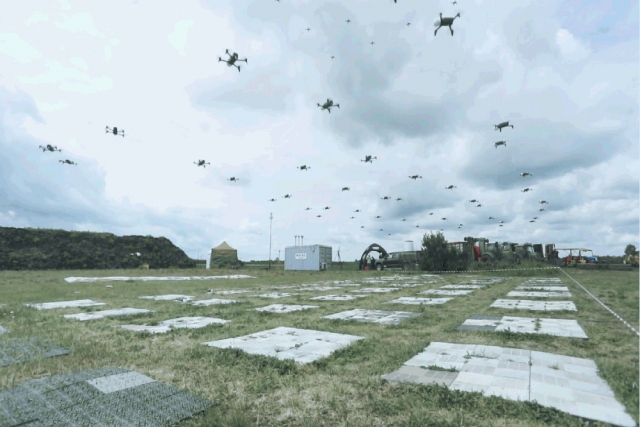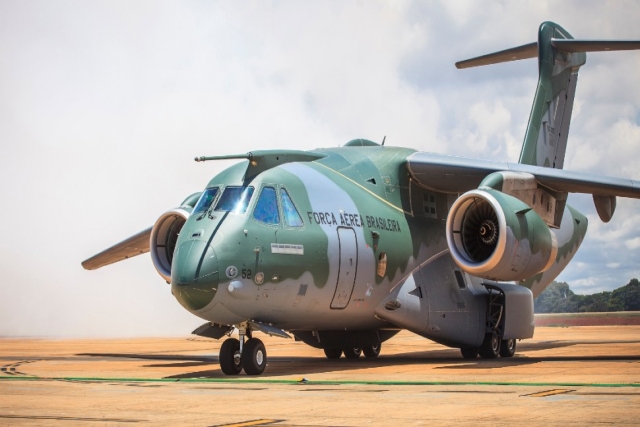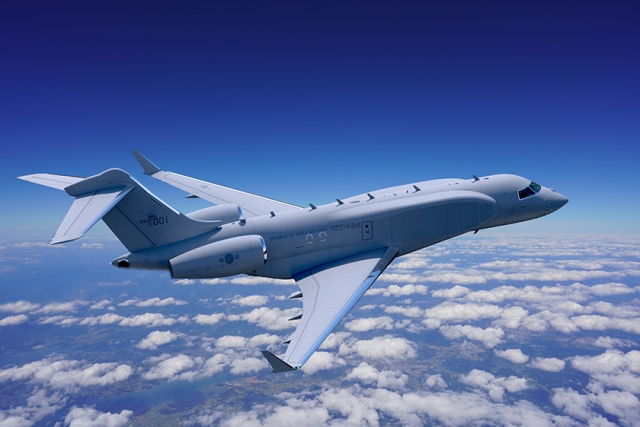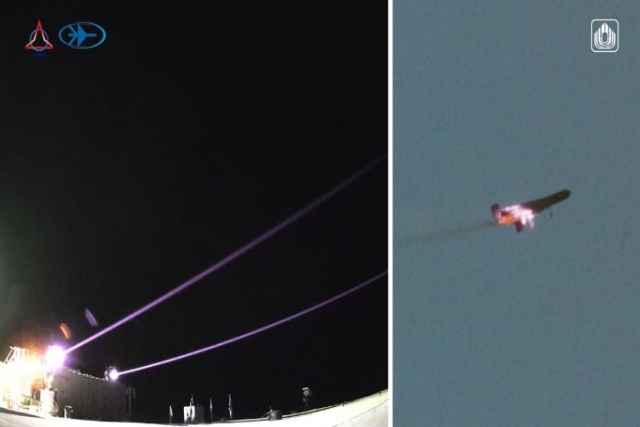European Project Develops Demonstrator for ‘Intelligent’ Robot Swarms
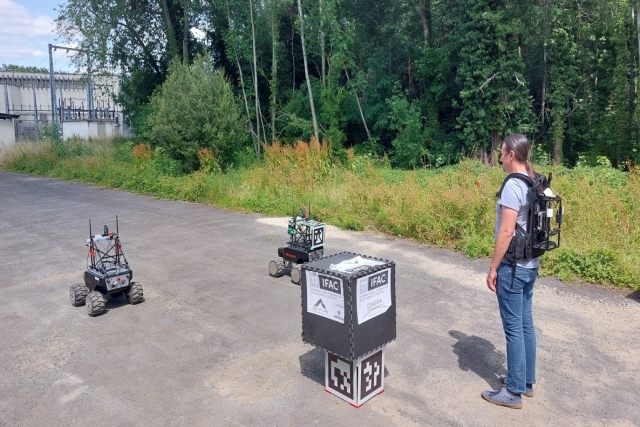
A European Defence Agency (EDA)-managed project to develop a fleet of unmanned ground vehicles (UGVs) has been completed with a final demonstration of a system.
The project ARTUS (Autonomous Rough-terrain Transport Unmanned Ground Vehicles Swarm) developed a demonstrator for a small swarm of intelligent and autonomously operating vehicles to support infantry platoons during their missions. Whether for transport or observation missions, a swarm can increase troops’ ability to act by supporting them in hostile environments, including in mountainous or forested terrain, increasing their protection level and allowing the greater mobility of a unit.
Completion of ARTUS comes as Europe’s defence community meets in Brussels for the 30 May to 1 June 2023 European Defence Innovation Days. The ARTUS project is an example of the collaborative role of both industry and EDA in developing new technology for the benefit of EU armed forces.
The implementation of ARTUS, a project selected under the 2019 call for proposals for the EU Preparatory Action on Defence Research (PADR), was launched in February 2021 and ended in January 2023. It had a budget of €1.5 million.
Using two autonomous ground robots embedded with a computer, the system works by allowing interaction between a geolocalised operator and the swarm, using a Battle Management System and a fleet navigation algorithm.
The guidance algorithm ensures certain constraints in both the autonomous and supervised motion of a swarm of navigation, following either a predefined path, or managed by a geolocalized operator or tele-operated robot.
With the ability to avoid obstacles, as well as collisions with robots, a single operator can manage the entire swarm by defining the desired path or collective motion behavior, for example in transportation or observation missions. The swarm can continue the mission even if one robot loses its communication or mobility capabilities.
The ARTUS consortium was led by Fraunhofer Gesellschaft zur Förderung der Angewandten Forschung E.V. (Germany) and also encompassed ONERA (France), Diehl Defence (Germany), and charismaTec (Austria). The project had a duration of 24 months.




